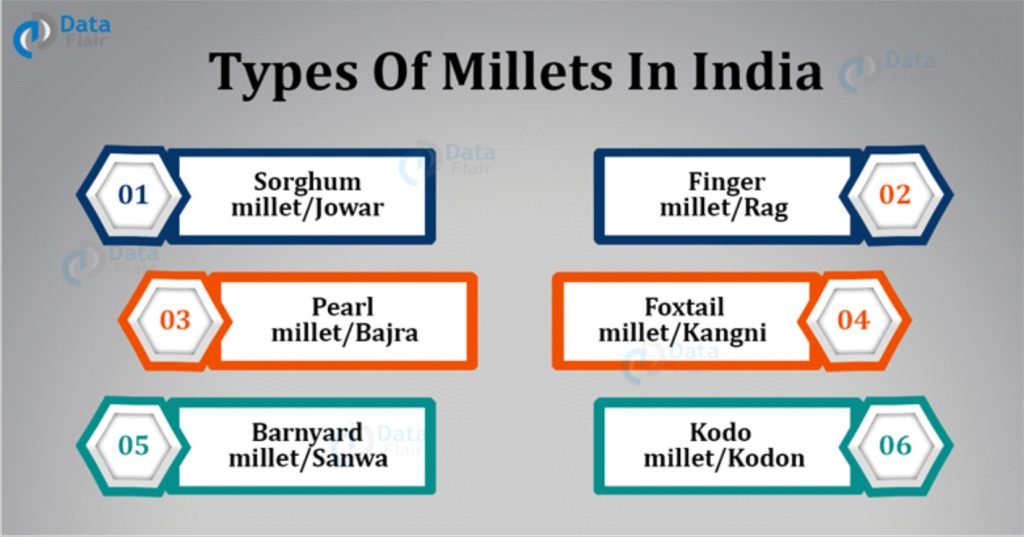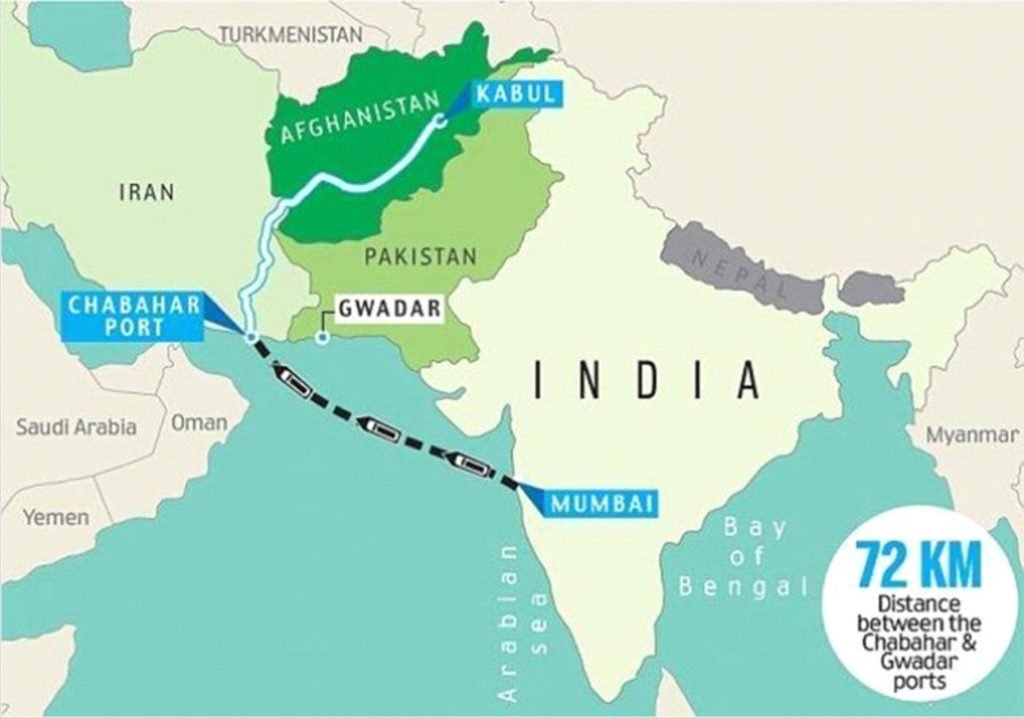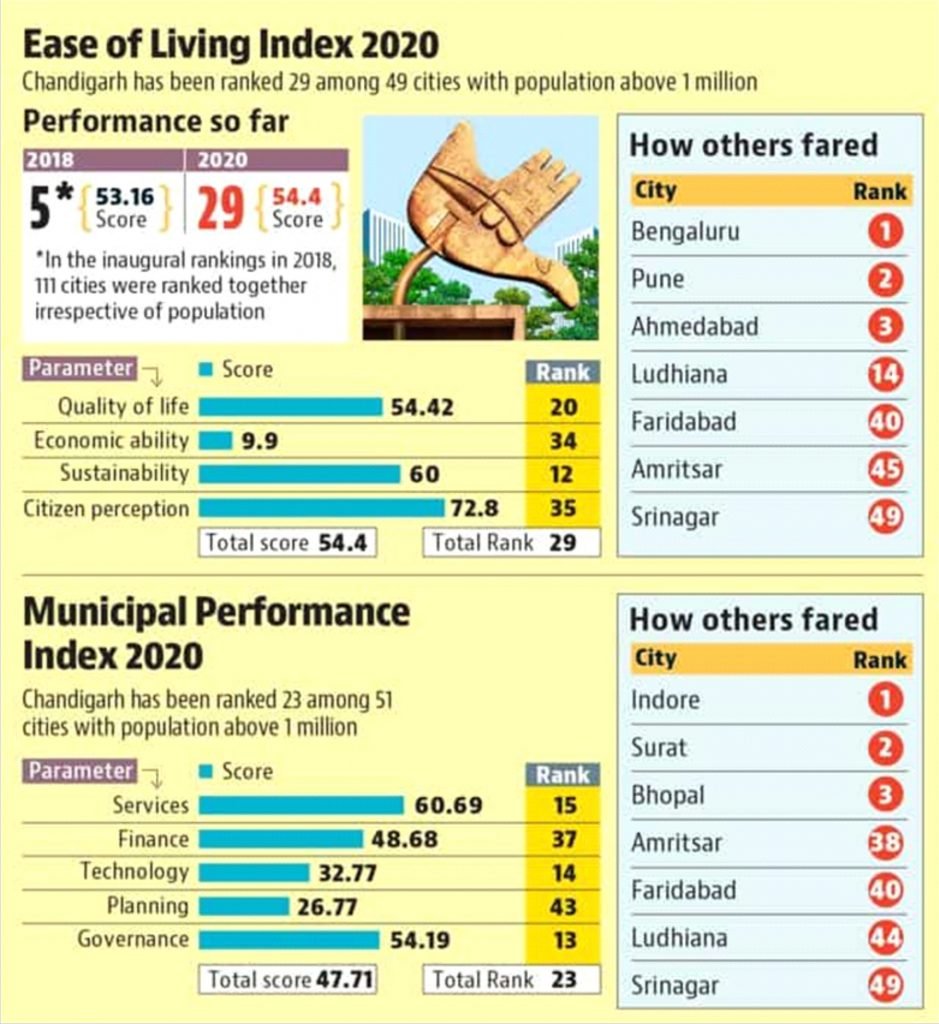Current Affairs (5th March 2021)
International Year of Millets
CONTEXT:
- The United Nations has unanimously declared 2023 as the International Year of Millets.
ABOUT:
- The 193-member UN General Assembly has unanimously adopted the resolution sponsored by India, declaring 2023 as the International Year of Millets, aimed at raising awareness about the health benefits of the grain
- It is a big step to promote nutritional and ecological benefits of millets to the world as a key component of the food basket and effect policy changes.
- The resolution considers the “urgent need to raise awareness of the climate-resilient and nutritional benefits of millets and to advocate for diversified, balanced and healthy diets through the increased sustainable production and consumption of millets.”
- It also recognises the vast “genetic diversity” of millets and their adaptive capacities to a range of production environments.
- In April 2016, the UN General Assembly had proclaimed the UN Decade of Action on Nutrition from 2016 to 2025, recognising the need to eradicate hunger and prevent all forms of malnutrition worldwide.
- The Decade of Action on Nutrition provides an “umbrella for a wide group of actors to work together to address these and other pressing nutrition issues.”
- Recalling this, the UNGA resolution on International Year of Millets underscores “the need to promote sustainable food systems that foster diversified, balanced and healthy diets that include a variety of foods.”
- The resolution invites the Food and Agriculture Organization of the UN to facilitate the implementation of the International Year.
Millets
- It can grow on poor soils and are resistant or tolerant to many crop diseases and pests. They can also survive adverse climatic conditions.
- Millet is a collective term referring to a number of small-seeded annual grasses that are cultivated as grain crops, primarily on marginal lands in dry areas in temperate, subtropical and tropical regions.
- India celebrated 2018 as the national year of millets.

Chabahar Day
CONTEXT:
- India commemorated Chabahar Day on the sidelines of the Maritime India Summit-2021. Ministers from Afghanistan, Armenia, Iran, Kazakhstan, Russia and Uzbekistan participated in the event.
About:
- The shift in the fulcrum of global economic growth towards Asia is creating unprecedented opportunities for connectivity in the region.
- There is a huge infrastructure deficit in the region which needs to be met to fulfil the growing aspirations of our peoples.
- Government of India recognising the importance of regional connectivity made a landmark decision to undertake an overseas port investment in Chabahar.
- While the project had been under discussion for some time, it was during Prime Minister’s visit to Iran in 2016 that a Trilateral Agreement to establish an International Transport and Transit Corridor was signed by India, Iran and Afghanistan.
- The establishment and operations of India Ports Global Limited at Shahid Behesti Port in Chabahar is the practical realisation of this important initiative.
- This event reflects India’s strong commitment to work together with all regional stakeholders to enhance connectivity in the region and to provide unhindered access to the sea to landlocked Central Asian countries through Chabahar
- This event also commemorates five years of the signing of the Tripartite Agreement on the establishment of a Trilateral Transport and Transit Corridor.
- This agreement is a fitting tribute to the rich civilisational, cultural and trade links between India, Afghanistan, Iran and Central Asia.
PORT:
- Chabahar port has not only emerged as a commercial transit hub for the region but also facilitated the delivery of humanitarian assistance, especially during the COVID-19 pandemic.
- The port is part of our shared commitment towards peace, stability and prosperity of the people of Afghanistan.
- India has utilized the Chabahar port to ship 75 thousand Metric Tonnes of wheat as humanitarian food assistance to Afghanistan in September last year.
- India also assisted Iran to fight the worst ever locust invasion in the last 25 years by supplying 25 Metric Tonnes of Malathion in June 2020 through the Chabahar port.
- The second batch of 25 Metric Tonnes has recently reached Chabahar Port. Besides the Indian exports of food products, the port has also handled several shipments and trans-shipments from Russia, Brazil, Thailand, Germany, Ukraine and the UAE.
- The International North-South Transport Corridor INSTC is an important trade corridor project, wherein India is partnering with 12 countries to establish an economic corridor for the benefit of our peoples.
- India also welcomes the interest of Uzbekistan and Afghanistan to join the multilateral corridor project.
- Establishing an eastern corridor through Afghanistan would maximize its potential. India has also proposed the inclusion of Chabahar in the INSTC route
Way Ahead:
- The search for efficient trade routes and better connectivity has been one of the powerful driving forces of history and it has determined the prospects of many nations, regions and civilizations over time.
- As the world goes through a fundamental re-balancing, correcting many of the distortions of the past, it is only natural that connectivity should be central to that exercise.

‘Red rice’
CONTEXT:
- In a major boost to India’s rice exports potential, the first consignment of ‘red rice’ was flagged off to the US.
ABOUT:
- Iron rich ‘red rice’ is grown in Brahmaputra valley of Assam, without the use of any chemical fertilizer.
- The rice variety is referred as ‘Bao-dhaan’, which is an integral part of Assamese food.
- The growth in exports of ‘red rice’ would enhance incomes of farming families of the Brahmaputra flood plains.
- Demand by customers in urban areas for red rice which is rich in fibre and protein.
- The red variety gets its rich colour from an antioxidant called anthocyanins, which are also found in deep purple or reddish fruits and vegetables.
- The compound is believed to have properties that can reduce inflammation, allergy, prevent risks of cancer and help in weight management.
- The red rice has more nutritional value than the conventional rice varieties and a distinctive nutty flavour.
- There are several red rice varieties in India including Jyothi that was used in breeding the SahyadriMegha, Matta rice, the nearly extinct Rakthashali variety, etc.
Highest ever FDI
CONTEXT:
- India received the highest ever Foreign Direct Investments (FDI) of over USD 67 billion for the first nine months of a financial year, last year.
ABOUT:
- During the period of April to December 2020, FDI equity inflow grew by 40 per cent as compared to the corresponding period in the last financial year.
- As per Ministry of Commerce & Industry, these trends are an endorsement of India’s status as a preferred investment destination amongst global investors.
- Measures being taken by the Government on the fronts of policy reforms, investment facilitation and ease of doing business have resulted in tremendous FDI inflows into the country.
FDI
- Any investment from an individual or firm that is located in a foreign country into a country is called FDI.
- FDI is when a foreign entity acquires ownership or controlling stake in the shares of a company in one country, or establishes businesses there.
- It is different from foreign portfolio investment (FPI) where the foreign entity merely buys equity shares of a company.
- In FDI, the foreign entity has a say in the day-to-day operations of the company.
- FDI is not just the inflow of money, but also the inflow of technology, knowledge, skills and expertise/know-how.
- It is a major source of non-debt financial resources for the economic development of a country.
- FDI generally takes place in an economy which has the prospect of growth and also a skilled workforce.
- FDI has developed radically as a major form of international capital transfer since the last many years.
Ease of Living Index
CONTEXT:
- Minister for Housing and Urban Affairs announced the release of the final rankings of Ease of Living Index-2020 and the Municipal Performance Index-2020.
ABOUT:
- The rankings under Ease of Living Index-2020 were announced for cities with a population of more than a million and cities with less than a million people.
- In all, 111 cities participated in the assessment exercise that was conducted last year.
- Bengaluru emerged as the top performer in the Million Plus category, followed by Pune, Ahmedabad, Chennai, Surat, Navi Mumbai, Coimbatore, Vadodara, Indore and Greater Mumbai.
- In the Less than Million category, Shimla was ranked the highest in ease of living, followed by Bhubaneshwar, Silvassa, Kakinada, Salem, Vellore, Gandhinagar, Gurugram, Davangere and Tiruchirappalli.
Municipal Performance Index-2020
- Similar to the Ease of Living Index, the assessment framework under Municipal Performance Index-2020 has classified municipalities based on their population, Million plus and less than Million Population.
- In the Million plus category, Indore has emerged as the highest-ranked municipality, followed by Surat and Bhopal.
- In the Less than Million category, New Delhi Municipal Council has emerged as the leader, followed by Tirupati and Gandhinagar.
Urban and Cities
- As per the Census of 2011, India’s urban residents account for 31 per cent of the population and by 2030, it is estimated to reach 40 per cent or 60 crore and by 2050, 50 per cent or 80 crore people.
- Cities are the engines of growth and so the rapid urbanisation also indicates how fast the economy is growing.
- The Central Government under the leadership of Prime Minister has unleashed the most comprehensive effort to transform the urban landscape.
- The Swachh Bharat Mission, Atal Mission for Rejuvenation and Urban Transformation AMRUT, Smart Cities Mission, Pradhan Mantri Awas Yojana-Urban and Deen Dayal Antyodaya Yojana-National Urban Livelihood Mission are the flagship programmes being implemented since 2014-15.
- The incorporation of smart solutions, cooperative federalism, innovation and new technologies coupled with data-driven governance and evidence-based policymaking has particularly marked a landmark shift in India’s urban governance.
Way ahead:
- To complement these measures, the evaluation of the impact of these interventions is equally important.
- Ease of Living Index and Municipal Performance Index are the two evaluative tools that will add a new chapter to India’s ever-evolving approach to urban development.
- The ranking system harnesses the idea of competitiveness to propel cities into performing better with the aim to climb higher on the rankings.


